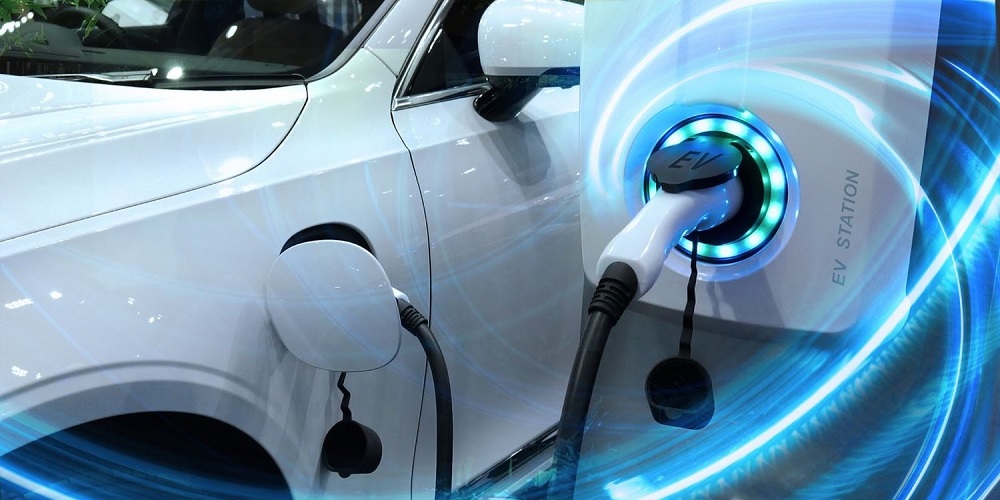Identifying and resolving obstacles to EV adoption in city and state fleets

City and state fleets across North America are preparing to launch into a greener, cleaner future. According to the Electrification Coalition, more than 450 cities and counties are committed to reducing 2 million gallons of gasoline per year and 46 million annual tons of CO2 emissions.
But adopting EVs comes with its own set of challenges, particularly for fleet managers and the audiences that they serve. Approximately 65% of survey respondents have not taken any action toward electrifying their fleet, likely due to the many challenges barring their path to adoption.
Fleet managers should be aware of the pitfalls of EV adoption and the solutions available to make a smooth transition. Let’s examine the benefits and barriers of driving EVs, including how your organization can adopt the right strategy going forward.
Major obstacles to EV adoption in public fleets
EV adoption can be a difficult prospect for growing government fleets. The largest barriers to state or local EV adoption include the following.
Costs
EV purchases may be more expensive up front due to the newness of the technology. Prices range from $26,000 to more than $200,000 for new vehicles, which may be more than most government organizations can afford.
Charging stations
The more charging stations you install for your fleet, the higher your total cost of ownership spikes. The quality of your charging station also plays a role, as a Level 3 charger costs nearly 200 times more than a Level Two charger.
Range anxiety
North Americans may be hesitant to adopt EVs due to perceptions of limited range and low performance. Approximately 58% are concerned about running out of charge, while 55% say that EVs are unsuitable for long-distance travel. Many fleet managers and their stakeholders likely feel the same way, especially as new drivers adapt to changing expectations.
Lack of planning
Many state and local organizations lack a concise plan that outlines their EV adoption process. While the U.S. federal government has a strict goal for EV and ZEV adoption, many local and state fleets don’t have a target goal, timeline, or yearly strategy.
Lacking a written strategy can make it challenging to present an effective plan to stakeholders or secure enough funding for next year’s initiatives. Interestingly, research shows that individuals who create written goals are ten times more likely to be successful than those without goals, meaning the creation of a plan may be in your best interests.
How to identify and eliminate impediments to EV adoption
With EV obstacles now explained and identified, how can you build your organizational resiliency for electrification? It’s best to begin with three simple steps.
1. Gather a group of stakeholders
Getting insights from multiple organizational stakeholders can help you better understand the pitfalls facing your specific use case. You can also work together on solving problems and preventing small concerns from becoming major issues.
The stakeholders present during your electrification strategy meetings should come from unique backgrounds and carry unique perspectives. These may include:
- Utility companies
- Directors and managers
- Sustainability officers
- Drivers
- Mechanics
You can also connect with third-party consultants, though they cannot replace the expertise of your in-house peers.
2. Collect and measure data
Data-driven decisions can help make the most of your EV adoption process. The more data you have, the more insights you can glean and the more decisions you can make for your EV adoption plan.
If you’re not sure where to begin collecting this data, you can lean into widely available tools like:
- Telematics
- Fuel cards
- Driver dashcams
- Compliance management software
- Pre-trip inspection apps
You can rely on in-house experts and modern fleet software to make sense of these numbers and drive your team to action.
3. Look for third-party resources
Outside grants, funding opportunities, and nonprofit organizations can help you design an EV adoption plan. You can also discover new networking opportunities with suppliers and vendors offering the equipment that you need.
Look for resources such as:
- Ebooks
- Guides
- Checklists
- Rightsizing calculators
- Competitively solicited cooperative contracts
Finding EV adoption solutions through third-party resources
Third-party resources can help you seamlessly navigate the obstacles and pitfalls involved in EV adoption. Outside support can also help you make more confident decisions in the face of newness or uncertainty.
You can work with:
- Electrification Coalition: For policy development, EV supply chain development, coalition building, and charging infrastructure planning
- Climate Mayors: For roundtables, recent news, and thought leadership regarding the government EV transition process
- Sourcewell: For competitively solicited cooperative contracts for North American fleets and free ebooks and guides for your EV transition
You can also browse any of Sourcewell’s contracts for free online.
See how easy it is to get the EV fleet you need without the hassle, using Sourcewell’s cooperative purchasing program. Streamline the public procurement process by choosing from hundreds of suppliers already on contract. Sourcewell’s procurement experts competitively solicit and award contracts on behalf of 50,000 participating agencies in North America. Check out our EV contracts and more for free here.


